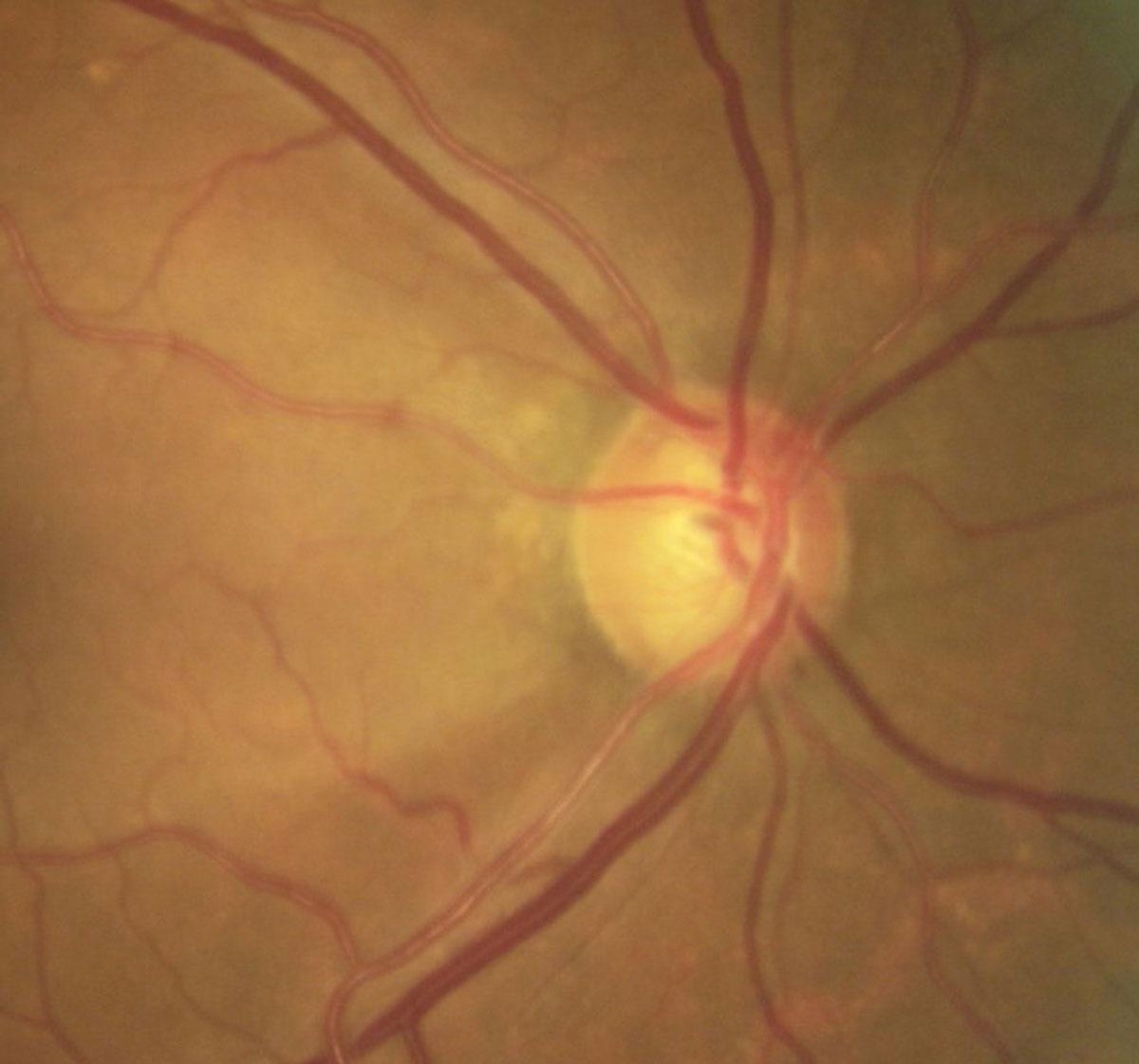 |
Eye care has had forms of sustained release since 1974, when Ocusert (Alza) was introduced.1 Ocusert was a pilocarpine-impregnated wafer that was placed in the lower cul-de-sac for sustained delivery of medication, bypassing the four-times-a-day dosing required for therapeutic efficacy.1 It didn’t really catch on due to poor tolerability, but it was never established if the vehicle or the drug (or both) led to patients’ dislike.
But the promise of sustained-release delivery didn’t fade. In 1996, Vitrasert (ganciclovir, Auritec), an intravitreal ganciclovir depot for cytomegalovirus retinitis, was developed.2 Then, between 2005 and 2011, new products such as Retisert (fluocinolone, Bausch + Lomb), Ozurdex (dexamethasone, Allergan) and Iluvien (fluocinolone, Alimera) entered the fray.3
Perhaps buoyed by their successes, a new era in non-traditional delivery systems were launched. Here, we look at some new and yet-to-be released sustained-release delivery systems.
Enter Dextenza
Recently approved for commercial use, Dextenza (dexamethasone, Ocular Therapeutix) is a sustained release intracanalicular dexamethasone insert for use following cataract surgery.4 It is a preservative-free, resorbable hydrogel intracanalicular insert that delivers 0.4mg of dexamethasone to the eye’s surface without the need for additional drops, and it’s designed to treat post-surgical ocular inflammation, as well as pain, for up to 30 days with a single administration.4 In addition to treating ocular pain following ophthalmic surgery, it is now also approved for postoperative inflammation control.
In a multicenter randomized study, 438 patients with planned clear corneal cataract surgery were randomized to receive either a dexamethasone insert or placebo implant.5 The implants were placed in the canaliculus of the eye immediately after surgery. The primary efficacy endpoints were complete absence of anterior chamber cells on day 14 and complete absence of pain by day eight.5
 |
| Sustained-release medications for glaucoma could help ensure compliance and, ultimately, reduce IOP without the hassle of drops. Click image to enlarge. |
Significantly more patients had an absence of anterior chamber cells in the dexamethasone insert arm compared with placebo on day 14 of this study.5
Additionally, significantly more patients had an absence of ocular pain in the dexamethasone insert arm compared with placebo.5
The insert provides a sustained and tapered delivery of drug to the ocular surface over 30 days after a one-time insertion, which reduces the risk of improper corticosteroid tapering and unwanted peaks and troughs in drug concentration.
The amount of corticosteroid contained in the insert actually represents a fraction of the total dose of corticosteroid delivered in a typical topical monthly course, which might minimize deleterious side effects while maintaining sufficient therapeutic concentrations because of its direct proximity to the ocular surface.6
Over time, the insert softens and is cleared through the inferior nasolacrimal canaliculus. If necessary, however, the insert can be clinician-expressed. In addition, the insert is manufactured preservative-free to eliminate ocular surface toxicity.5
Coming Closer?
The same manufacturer is also working on an intracanalicular implant intended for insertion into the canaliculus to deliver travoprost to the ocular surface for up to 90 days without preservatives. The goal of this device, OTX-TP (Ocular Therapeutix), is to deliver a continuous steady release of travoprost throughout the treatment period, removing issues of patient non-adherence to topical glaucoma therapy.
An initial prospective study found the sustained-release OTX-TP was able to reduce intraocular pressure (IOP) by 24% by day 10 and 15.6% by day 30.7 At 10 days, all plugs were still present; at 30 days, plug retention had declined to 42%.7 The study concluded that the travoprost intracanalicular implant was a non-invasive, well-tolerated potential ocular hypotensive therapy for glaucoma patients with a history of poor compliance.7
A recently completed Phase III clinical trial included 554 subjects with open-angle glaucoma or ocular hypertension.8 The primary efficacy endpoint was to demonstrate a statistically superior mean reduction of IOP from baseline for OTX-TP treated subjects, compared with placebo, at nine different time points.8
While IOP reduction was noted in all time points, the trial did not achieve its primary endpoint of statistically significant superiority in reduction at all nine time points—but only in eight out of nine were statistically significant.8 The sole time point where the performance of the OTX-TP implant was not statistically superior to a placebo implant was at 8am on week 12.8
In the study, IOP reductions from baseline for OTX-TP treated subjects ranged from 3.27mm Hg to 5.72mm Hg across the nine time points with higher levels of IOP reduction seen at the earlier time points in this trial.8
The trial also showed that the implant was well-tolerated and no serious adverse events were observed.
The most common ocular adverse events were dacryocanaliculitis (approximately 7% in OTX-TP vs. 3% in placebo) and lacrimal structure disorder (approximately 6% in OTX-TP vs. 4% in placebo).8
Another Phase III Trial
The FDA has recently accepted a new drug application (NDA) for Bimatoprost Sustained-Release (Allergan).9 This product is a biodegradable intracameral implant designed to reduce IOP in patients with primary open-angle glaucoma or ocular hypertension. In the two Phase III studies, patients were randomized to receive bimatoprost SR administered on day one, week 16 and week 32 or timolol twice a day for up to 20 months, as well as placebo implants. Bimatoprost SR reduced IOP by 30% over 12 weeks, achieving non-inferiority to timolol.9
In addition, more than 80% of patients remained treatment free and maintained IOP control for at least 12 months following three treatments with bimatoprost SR.9
Eye care offers several routes of drug administration. The familiar categorization—topical, oral, intracameral, intravitreal—is set to undergo a shake-up as new concepts are tried. Even drug-eluting contact lenses and refillable intravitreal drug depots are being studied. With new approvals, NDAs and ongoing research and development, sustained delivery may become a more significant route in the near future.
1. Worthen DM, Zimmerman TJ, Wind CA. An evaluation of the pilocarpine Ocusert. Invest Ophthalmol. 1974 Apr;13(4):296-9. 2. Vitrasert. Auritec Pharmaceuticals, Inc. www.auritecpharma.com/vitrasert-retisert. 2016. Accessed October 1, 2019. 3. de Oliveira Dias J, Nunes R, Goldhardt R. New drugs and new posterior delivery methods in CME. Curr Ophthalmol Rep. 2017;5(2):160-8. 4. Stewart J. Dextenza Approval History. www.drugs.com/history/dextenza.html. June 24, 2019. Accessed October 1, 2019. 5. Tyson SL, Bafna S, Gira JP, et al. Dextenza Study Group. Multicenter randomized phase 3 study of a sustained-release intracanalicular dexamethasone insert for treatment of ocular inflammation and pain after cataract surgery. J Cataract Refract Surg. 2019;45(2):204-12. 6. Blizzard C, Desai A, Driscoll A. Pharmacokinetic studies of sustained-release depot of dexamethasone in beagle dogs. J Ocul Pharmacol Ther. 2016:32(9);595-600. 7. Perera SA, Ting DS, Nongpiur ME, et al. Feasibility study of sustained-release travoprost punctum plug for intraocular pressure reduction in an Asian population. Clin Ophthalmol. 2016 26;10:757-64. 8. OTX-16-002: A Phase 3 study evaluating the safety and efficacy of OTX-TP in subjects with open-angle glaucoma and ocular hypertension. clinicaltrials.gov/ct2/show/NCT02914509. August 29, 2019. Accessed September 30, 2019. 9. Allergan. U.S. FDA accepts Allergan’s new drug application for bimatoprost sustained-release in patients with open-angle glaucoma or ocular hypertension. Allergan News. www.allergan.com/news/news/thomson-reuters/u-s-fda-accepts-allergan-s-new-drug-application-fo.aspx. July 17, 2019. Accessed September 30, 2019. |

